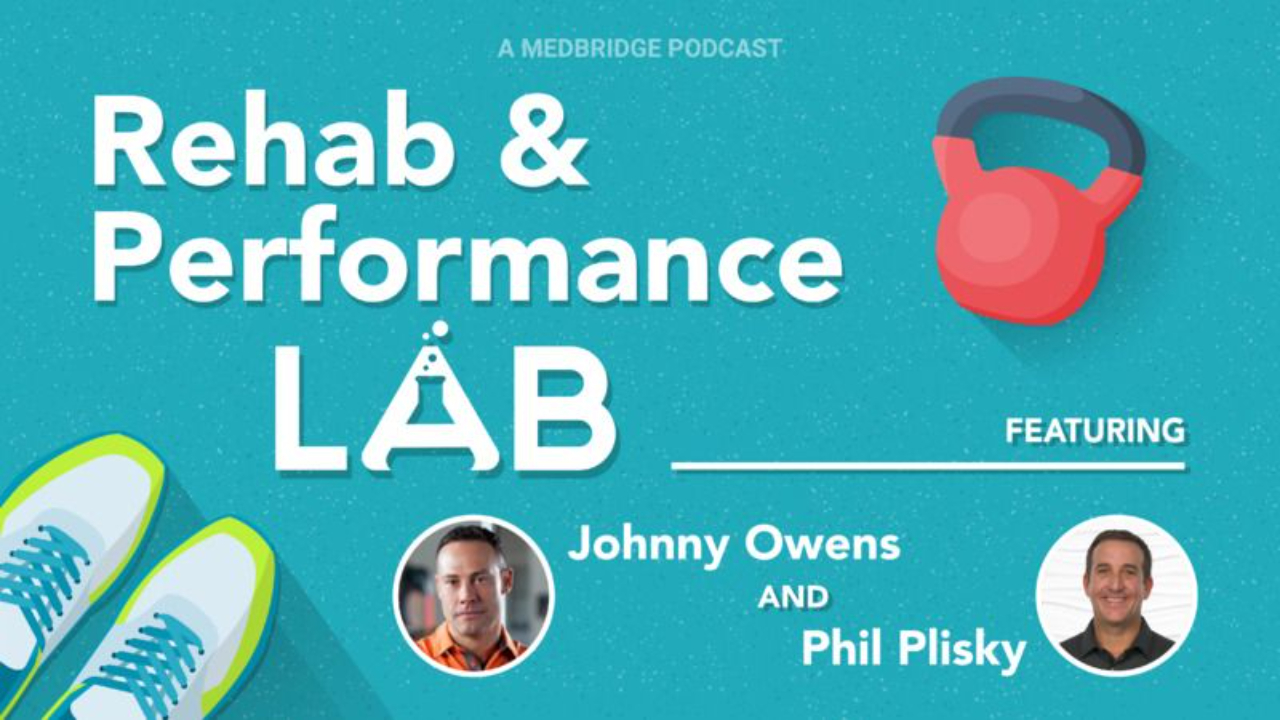
Blood Flow Restriction: Is It a Game Changer for Rehab Professionals?
I sat down with Johnny Owens, MPT, a trailblazer in blood flow restriction (BFR) therapy. We discuss how BFR has reshaped rehabilitation by allowing rehab practitioners to build muscle strength and improve recovery in patients unable to tolerate heavy loads. We talk about how BFR works physiologically, the science and ridiculous amount of research behind it, and clinical applications for a variety of conditions, including postoperative limb injuries, tendinopathy, Parkinson’s disease (what???), and much more. Here are some things we discussed:
What does Blood flow restriction (BFR) actually do? How does it work? training increases muscle size and strength at low loads
• Studies have demonstrated that the same anabolic pathways associated with heavy lifting occur when lifting light loads with BFR.
• Multiple systematic reviews and meta-analyses have found that BFR with low-load exercise increases strength and hypertrophy similarly to lifting heavy loads. Additionally, studies comparing low-load resistance training to the same loads under BFR have found significantly better strength gains with BFR in clinical populations.
Blood flow restriction (BFR) can reduce pain
How does BFR reduce pain? Pain reduction is through release of endogenous opioids systemically and this occurs at a greater level than low-load and heavy-load exercise do. So you can get to things with one type of treatment — increase in muscle size and strength and pain relief
Blood flow restriction therapy has shown to decrease muscle atrophy and preserve bone after surgery
This occurs after surgery, but could it be helpful after fracture, tendon rupture, patients with osteopenia BFR is potentially more than just a muscle-building tool? It has far-reaching physiological effects that impact the vascular system, bone health, pain perception, and even potentially influencing glucose control in diabetic patients.
Keep up to date on the research with this multi faceted treatment method.
You can listen to the episode at the links below. If you'd like CEUs, make sure to use the MedBridge link.














